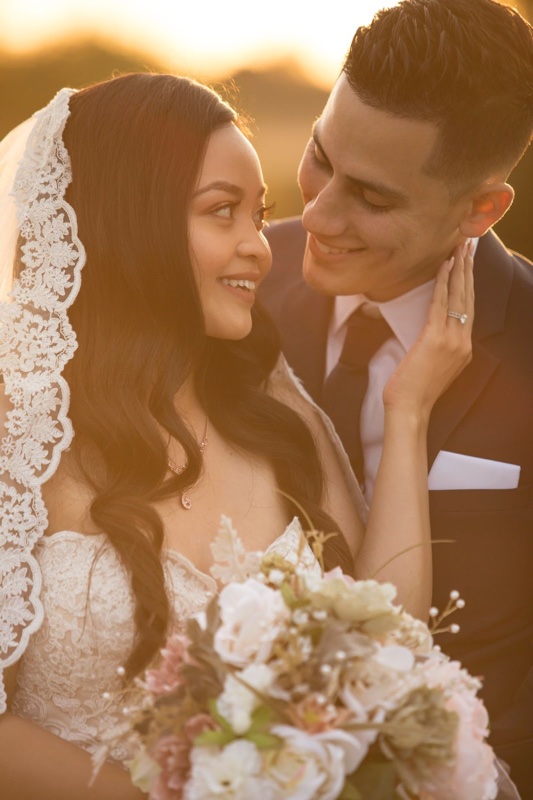Saying ‘I do’: A look at different religious wedding traditions

By Josie Pooler
It’s one of the most important milestones in many people’s lives and it’s full of time-honored traditions! However, when it comes to weddings, there’s more than just dresses, flowers, place settings, and etiquette.
Different cultures and religions have different rituals for the wedding ceremony, but they all celebrate the deep, life-long commitment two people are making to each other. Here’s a look at the various practices found in various religious ceremonies.
MORE: Receive 6 short videos in your inbox explaining each religious ceremony in more detail
You may learn something new.
Catholic Weddings
In the Catholic church, marriage is a sacrament and a covenant, which is more than a contract. The bride, typically with her father, walks down the aisle of the church toward the priest and the groom. The priest says a prayer and gives blessings. There are also liturgical readings from the Bible and a sermon about marriage. Then the couple exchange vows and rings, which are blessed as well, and the ceremony ends with The Lord’s Prayer and another blessing.
Sikh Weddings
Sikh weddings are called Anand Karaj. The ceremony begins with Milni, the meeting of two families. Next the couple sits in front of Sikh scriptures and the priest blesses them. The couple then accepts the obligations of marriage. The father of the bride puts the right end of a Palaa scarf in the groom’s hand which goes over his shoulder as the other end is placed in the bride’s hand; this represents the bride leaving home to be cared for by her husband. Then there is a marriage hymn as the couple circles and bows to the scriptures. The ceremony ends with Anand Sahib, the song of bliss.
Hindu Weddings
Hindu weddings have many rituals, last many days, and can be very expensive. The events begin with the groom’s arrival, with drums and dancing, then the couple exchange garlands of flowers under the mandap as a symbol of the union of their souls. The nesting of the hands ritual is important and involves pouring water into each other’s open hands. The groom puts a necklace on the bride as a symbol of marriage and he also places toe rings on her while she stands on stone representing strength in hardship. The couple then does saptapadi, or seven steps, where each step has its own vow. Finally, they offer rice to the god of fire Agni.
Muslim Weddings
Muslim weddings are known as Nikaah. Traditions can vary based on the family and sect of Islam and sometimes bride will send witnesses in her place. Often the two families meet and exchange gifts followed by a Mehndi ceremony and dance and singing. The couple reads the Quran and fully consent to the ceremony by saying “Qubool hai” three times which means “I accept.” After a formal consent of the bride and groom, the ritual gets completed and the couple leaves when the bride is showered with coins, also called Savaqah.



